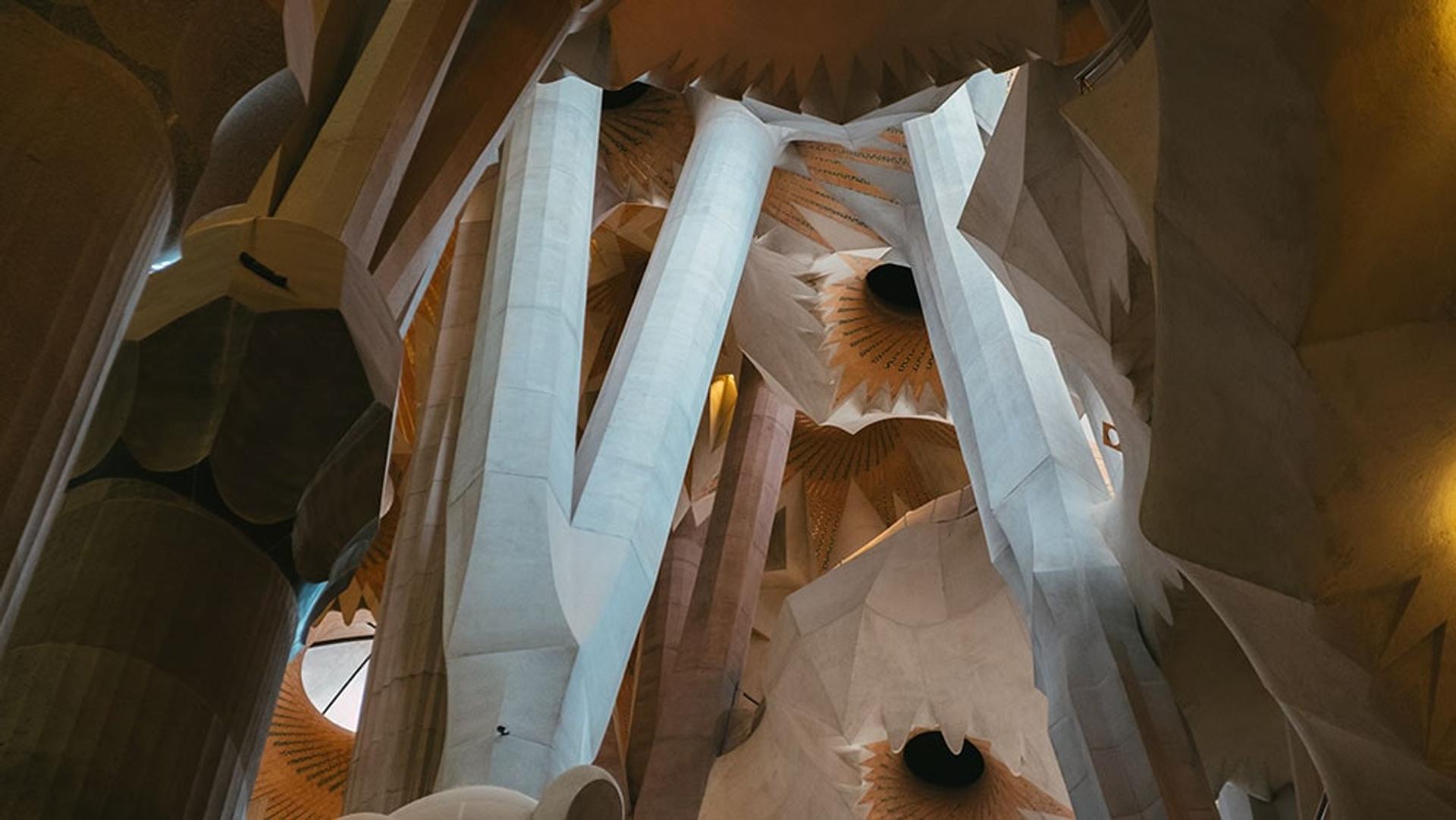Introduction
The evolution of 3D reconstruction technology has taken a significant leap with the development of Neural Radiance Fields (NeRFs). As a neural network-based approach, NeRFs offer a data-driven alternative to the traditional geometrically-based photogrammetry. While photogrammetry has long been the gold standard for capturing real-world environments in 3D, NeRFs introduce a new paradigm that could revolutionize industries like VR, AR, and visual effects.
How NeRFs Work
Unlike conventional methods that rely on precise geometry and feature-matching techniques, NeRFs model light intensity and direction within a scene. This approach allows for highly detailed 3D reconstructions, even in challenging lighting conditions.
At the core of NeRFs is a 5D input system, where each point in the 3D space is paired with a 2D viewing direction. This allows the network to capture complex lighting effects, such as reflections, shadows, and translucency, resulting in extremely realistic renderings.
Volumetric Rendering – A New Way to Visualize 3D Scenes
NeRFs leverage volumetric rendering, where images are generated by integrating density and color values along light paths. This method is similar to constructing a continuous 3D volume, which can then be re-rendered from any viewpoint, making it superior in handling unstructured or complex surfaces.
NeRFs vs. Photogrammetry – Key Differences
| Feature | Photogrammetry | NeRFs |
|---|---|---|
| Data Requirement | Requires high-quality images from multiple angles | Learns directly from raw image data |
| Geometry Dependence | Needs well-defined, structured surfaces | Can handle complex, unstructured scenes |
| Lighting Conditions | Struggles with reflections, shadows, and transparency | Accurately models light behavior |
| Computation | Less computationally demanding | Requires high processing power for training |
| Output Flexibility | Generates meshes and textures | Generates continuous volumetric fields |
Challenges of NeRFs
Despite their high-quality output, NeRFs come with significant computational costs. Training a NeRF model requires large datasets and powerful hardware, making it less accessible for real-time applications. However, ongoing research and optimizations aim to overcome these limitations, paving the way for faster and more efficient NeRF implementations.
Applications and Future Potential
NeRFs have wide-ranging applications across various industries:
- Virtual and Augmented Reality – Creating highly immersive environments.
- Autonomous Vehicles – Enhancing scene understanding for self-driving cars.
- Visual Effects & Gaming – Revolutionizing realistic 3D asset creation.
- Digital Twins & Architecture – Improving accuracy in urban planning and heritage preservation.
Conclusion
While NeRFs are not yet a full replacement for photogrammetry, they represent a paradigm shift in 3D reconstruction. With continuous improvements, they could soon become the go-to technology for industries requiring high-fidelity, photorealistic digital environments.
🚀 The future of 3D scanning is evolving—will NeRFs take the lead? Let’s watch this space!

